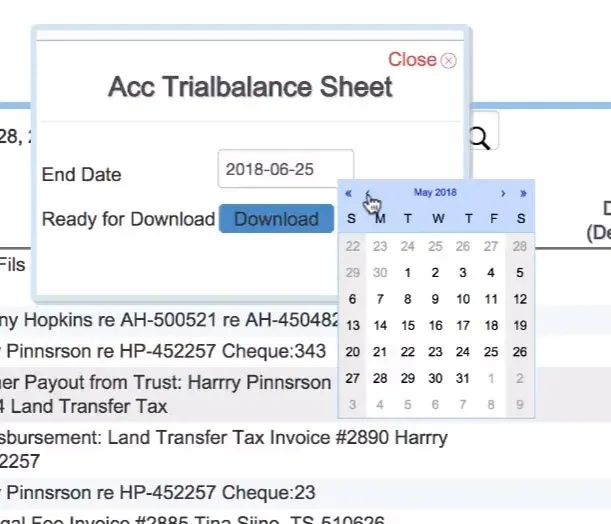Where you’re headed: using trial balance and balance sheets

Powerful new automated accounting tools make it easy to see how if your firm is heading in the right direction.
Users logged into uLawPractice can navigate to Document Generation under Accounts to get a detailed scope of all accounts within your firm. This tool, Trial balance, will show you all of your assets and liabilities, revenues, expenses, etc. Essentially, a trial balance is a listing of all accounts inside a firm’s general ledger.
Trial balance gives a view of all the accounts you have in your firm; your assets, your liabilities, and it’ll show them as debits & credits.
Trial Balance basically gives you a positive view of your whole firm. At the end of the document, you’ll be able to see if your total is the same on both sides/columns, which is necessary in any double-entry accounting system. (You can read about various types of legal accounting systems available by clicking here)

With uLaw, trial balance can also be viewed through date comparison to see if a firm is doing well during a specific period of time.
One of the best parts of trial balance is that it shows each individual account as subtotals, such as area of practice (Immigration, etc). The rate at which money is moving in and out of your account through date comparison is a powerful way to keep yourself apprised of your firm’s financial health.
We recommend you this tool at the end of every quarter, or at least at the end of every financial year.
Balance Sheets – What they are and why they’re useful
Another similar but separate type of document which can be generated by uLaw is a “balance sheet”. This sheet is organized into different sections such as assets, investments, equipment, properties, liabilities and equity.

While trial balance obtains most of its data from your general ledger, a balance sheet provides a cross section that includes other data and only takes information about asset, liability and equity balances from the general ledger.
With uLawPractice, users can navigate to document generation to produce a balance sheet within seconds. Balance sheets come in two varieties: detail category summary, and date range. Date range balance sheets allow you to observe your account balance between a set period of time so you can draw comparisons and make future references.
Once you hit the download button you’ll get a fully generated balance sheet which provides a summary of your trust, bank accounts, cash, liability totals and a view of revenue and expenses.
The takeaway
Both trial balance and balance sheets provide users with speedy analytical data to scrutinize different financial areas of their firm. At uLaw we recommend users take advantage of these tools at least once per year in order to ensure top notch compliance with regulators.

